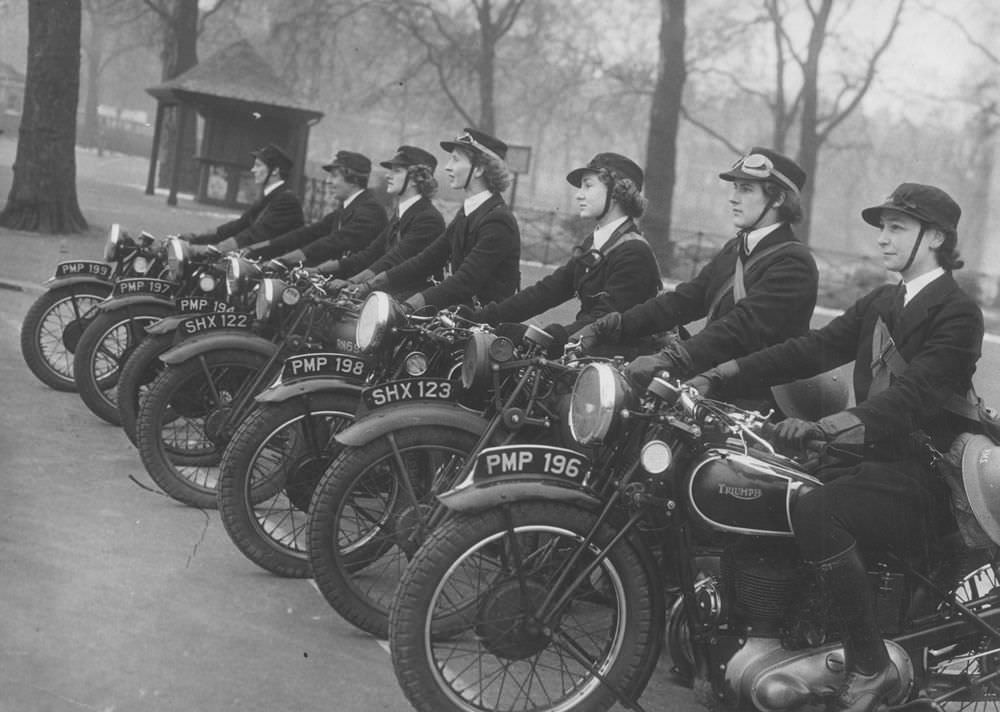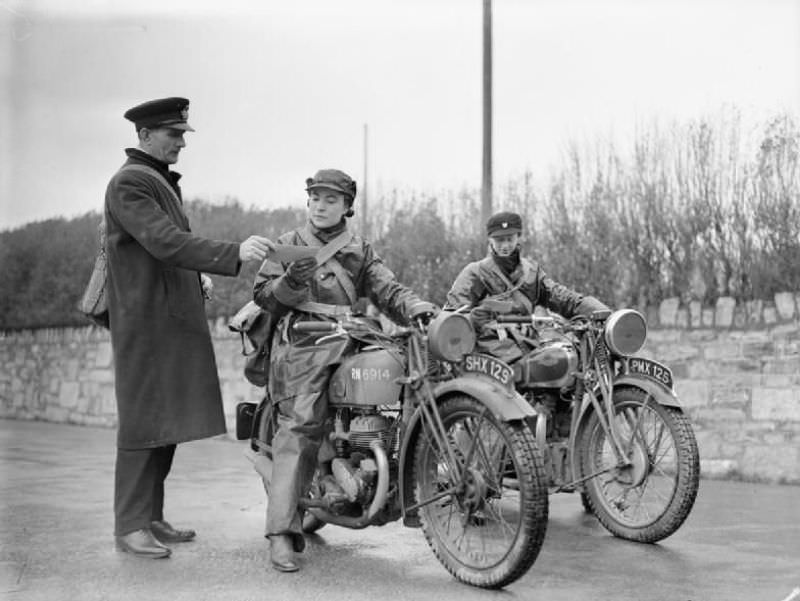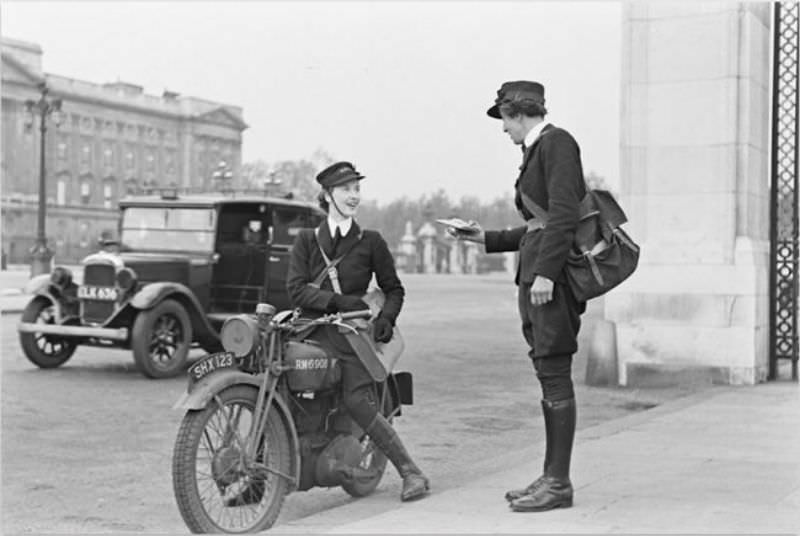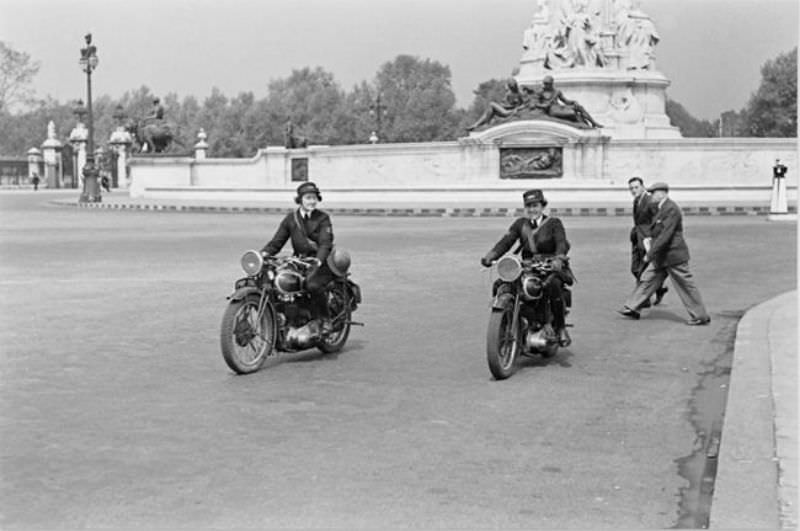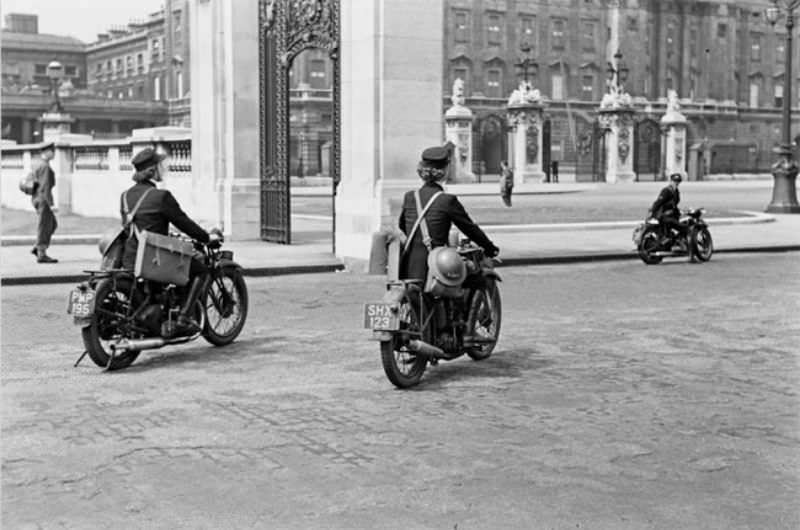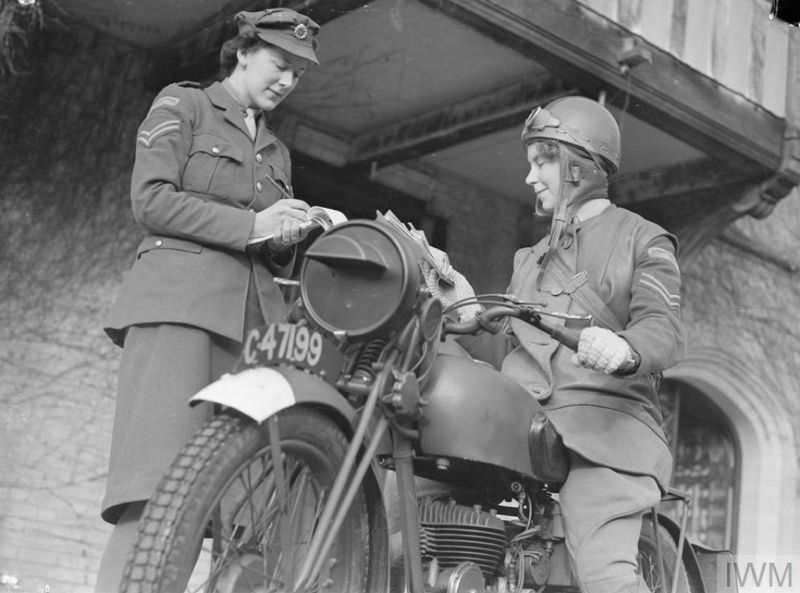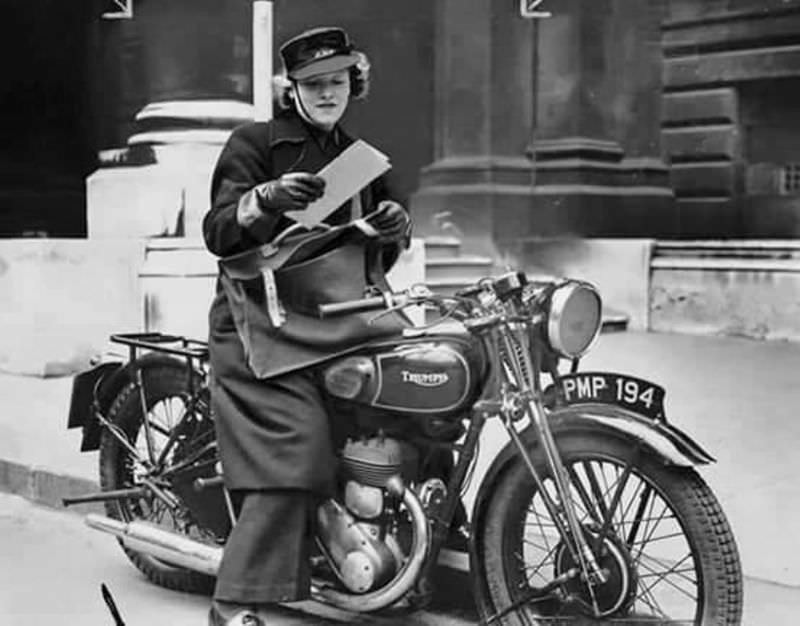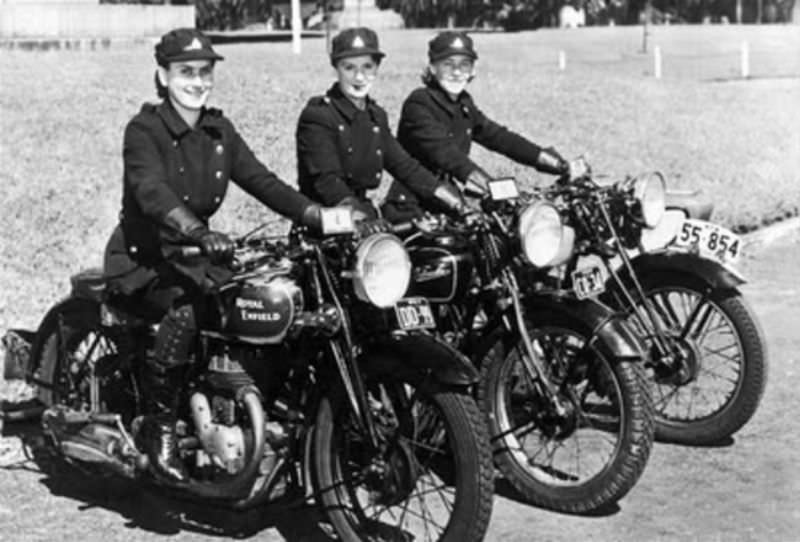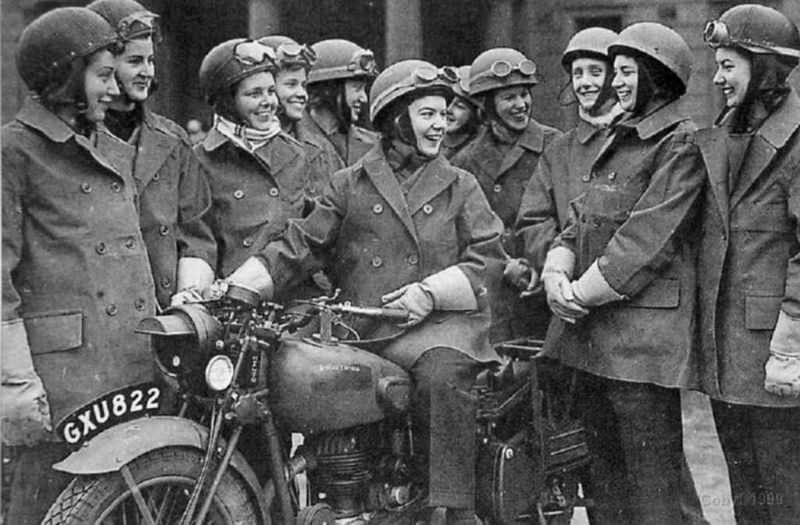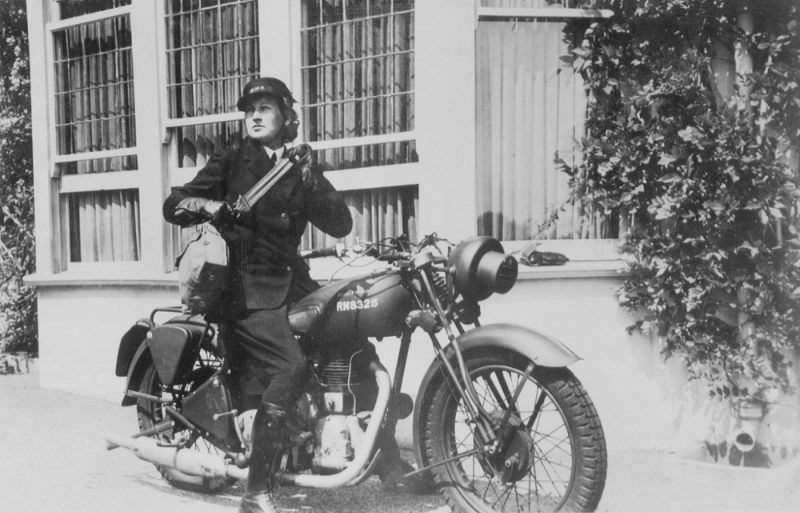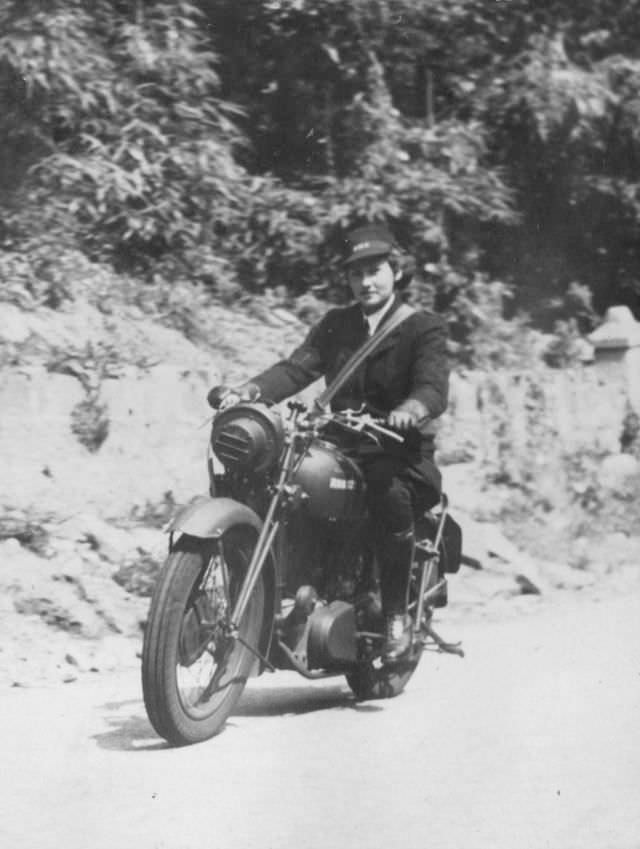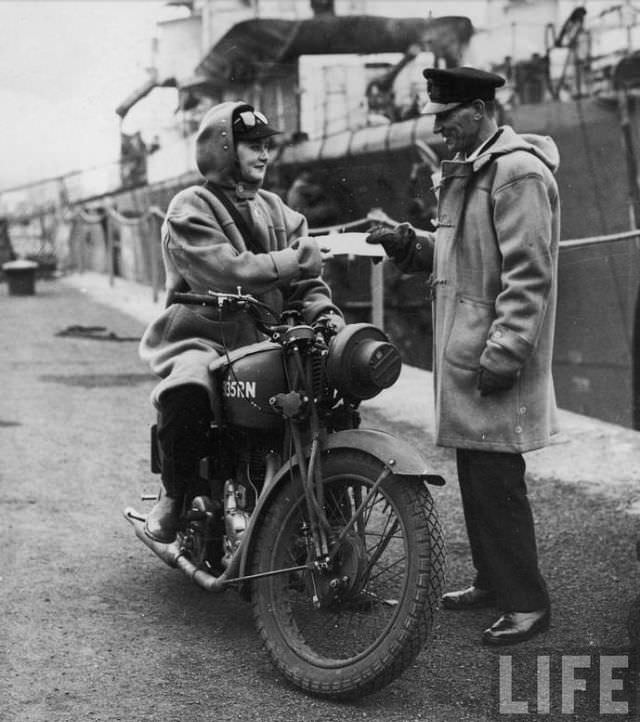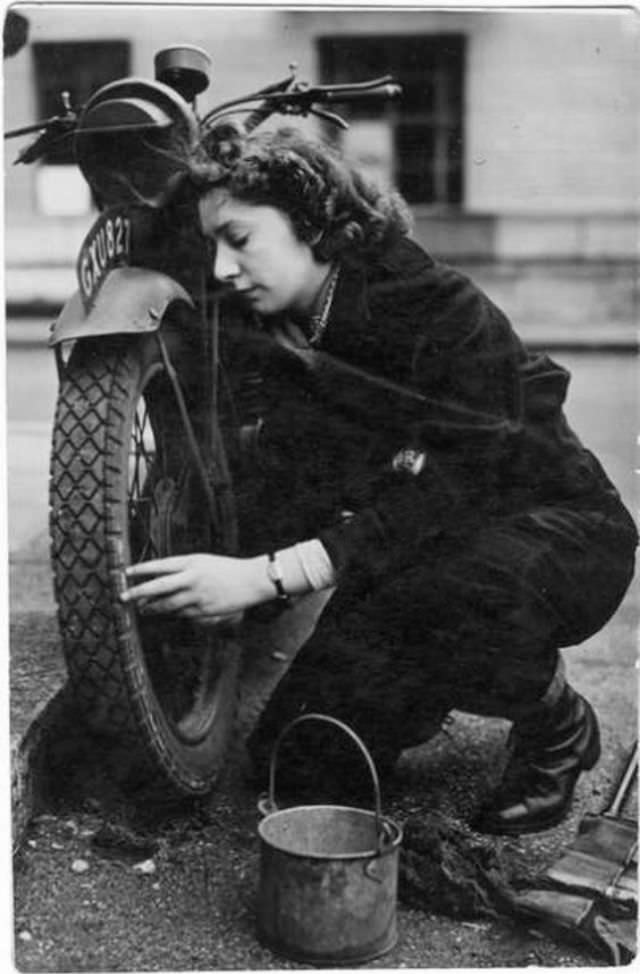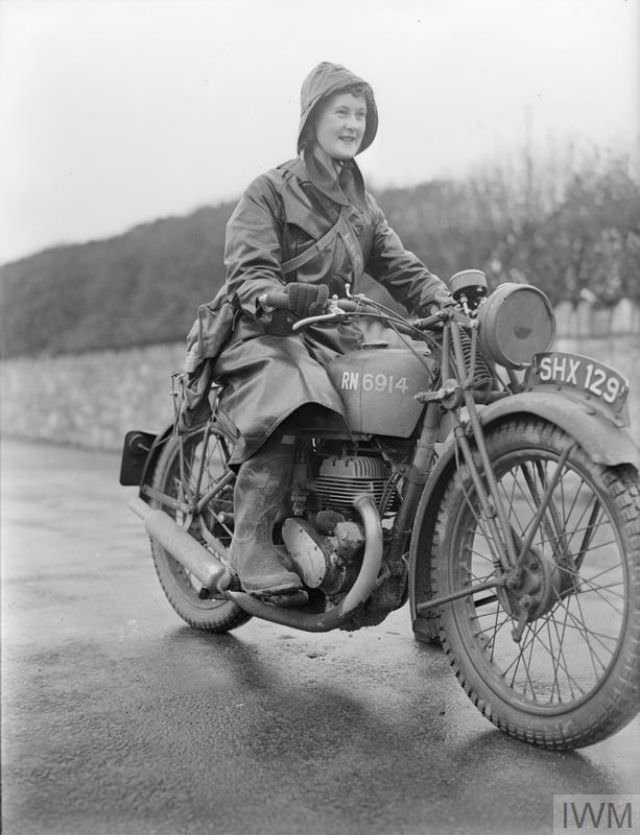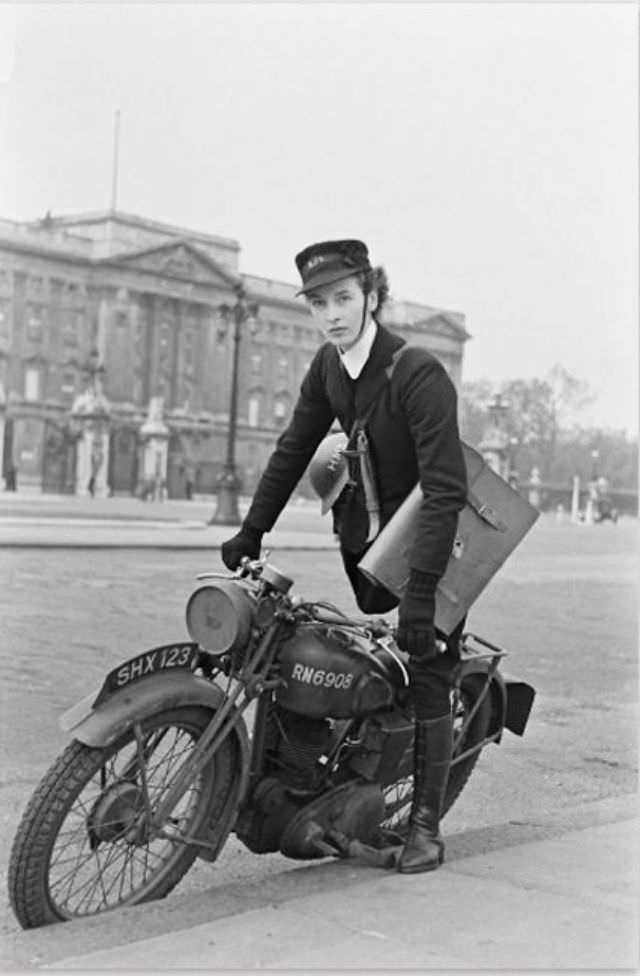During the Second World War, Britain relied on a constant flow of secure information to coordinate its defense. When telephone lines were bombed or deemed insecure, the task of carrying urgent messages fell to motorcycle dispatch riders. Within the Women’s Royal Naval Service (WRNS), whose members were known as Wrens, a select group of women took on this hazardous and vital role.
The Job of a Dispatch Rider
The primary duty of a Wren dispatch rider was to deliver messages, maps, and orders between naval headquarters, command centers, and military units. These were not routine deliveries; the messages were often urgent and secret, containing information critical to the war effort. The riders navigated through cities and countryside, often under the threat of enemy air raids.
The job demanded more than just riding ability. Each woman was responsible for the full maintenance of her own motorcycle. This meant they had to know how to perform roadside repairs on their machines, which were typically robust, single-cylinder bikes like the Matchless G3/L or the Norton 16H. Being able to fix a spark plug, repair a drive chain, or change a tire in difficult conditions was a necessary skill. The initial pool of recruits for these roles often came from the world of competitive motorcycle racing, as these women already possessed the required mechanical and riding skills.
Read more
Navigating a War-Torn Landscape
Riding through wartime Britain presented constant dangers. During the Blitz, the sustained bombing campaign by the German Luftwaffe, London’s streets became a treacherous maze of rubble, craters, and closed roads. Dispatch riders had to navigate this landscape at all hours of the day and night, often during blackout conditions with only shielded, downward-pointing headlights to guide them.
During major military operations, the workload intensified. When Germany invaded the Low Countries in May 1940, London-based Wrens worked in continuous eight-hour shifts to keep up with the flood of dispatches. Their work was also crucial during the Battle of Britain, as they delivered messages between airfields and command posts, ensuring that information about incoming enemy raids was relayed quickly. The riders faced the risk of being caught in an air raid, navigating shrapnel-littered streets, and dealing with the general chaos of a city under attack.
Service and Sacrifice
The women who served as dispatch riders were recognized for their bravery and dedication. They operated in a high-stakes environment where a single delayed message could have serious consequences. Their ability to handle powerful motorcycles while navigating perilous conditions earned them the respect of their male counterparts and the admiration of the public. Over the course of the war, more than 100 women in the WRNS lost their lives while serving in various roles, including the dangerous duty of dispatch riding.


